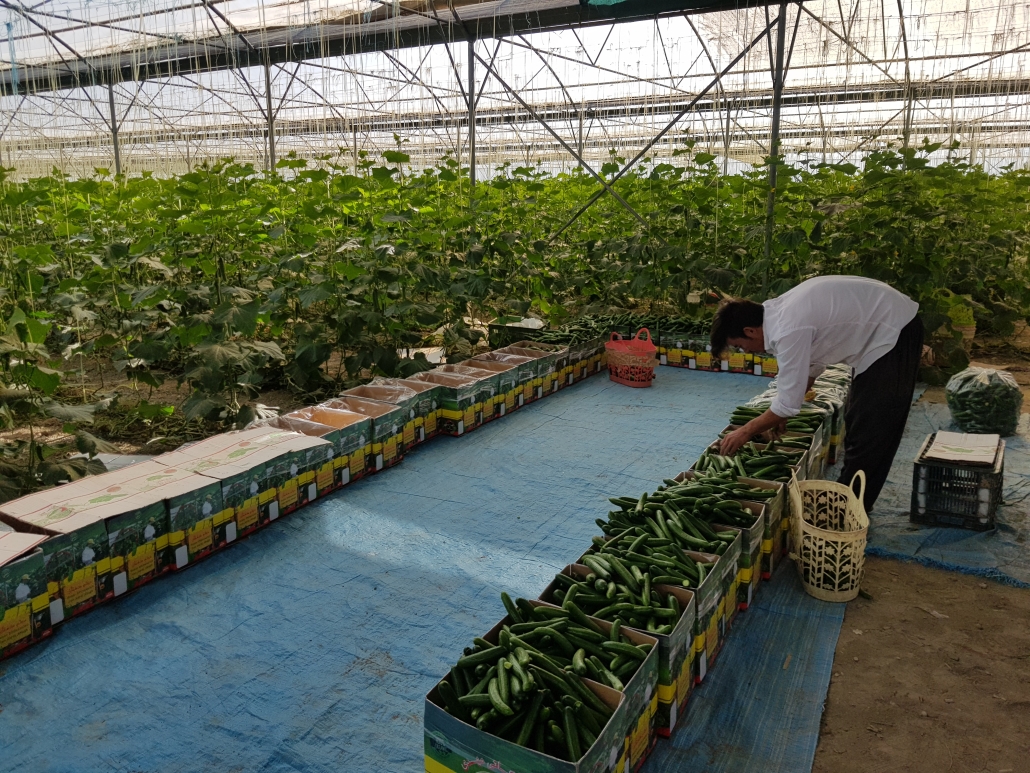Iran is a country with four seasons. In every season, various fruits and agricultural products are produced. So, most of the regions of our country are capable of agriculture. Many people take advantage of this benefits and expand Iran’s exports.
Of course, the export of agricultural products requires international standards. Undoubtedly, if these standards are not met, the manufactured products will be returned. Follow this article to investigate the challenge of exporting agricultural products.
The importance of exporting agricultural products
Before the revolution, most of the people’s agricultural and livestock needs depended on other countries. We needed to import from other countries to buy some basic products like wheat. Recently, we are completely self-sufficient in wheat and sugarcane production.
The export of non-oil materials and agricultural products strengthens the country’s economy. Also, expanding the export of agricultural products will create employment.
It should be mentioned that strengthening the export of gardening and agricultural products will lead to more self-sufficiency, foreign exchange and worth creation in Iran. In addition, rural areas can be developed by strengthening the agricultural system in Iran. This causes the eradication of poverty and deprivation.
The role of agricultural products in exports
In the last few years, the growth of the export of agricultural products has increased greatly. Neighboring countries such as Pakistan, Afghanistan, Turkey and Russia have been among the first destination countries for the export of agricultural products.
From 1356 to 1400, agricultural products have grown by more than 500%. This growth has led to the export of agricultural products and the country’s self-sufficiency,
According to the reports of the Ministry of Agricultural Jihad, the export value of horticultural and agricultural products is over two million dollars. 41% of non-oil exports were related to agricultural products. Some of the most important agricultural products in the export sector include the following products.
- Pistachio with shell
- Tomato
- Watermelon
- Apple
- Varieties of grapes
- Bell pepper
Investigations concerning to the export of agricultural products by region revealed that the amount of export to the Middle East in 2010 had a greater share than the CIS countries and neighboring countries. Meanwhile, this percentage has decreased in recent years and reached 13% in 2020 from (this amount was 25% in 2001).
The role of continents in the export of agricultural products
The following continents have the highest percentage of exports of agricultural products respectively.
- The continent of Asia is more than 70%
- Continent of Europe, more than 20%
- African continent 7 tenths of percent
- America 3 tenths percent
- Oceania 1 tenth percent
Challenges of exporting agricultural products
In the last few years, some agricultural products have been returned. This return is due to non-compliance with global standards. These standards include the following items
- Both exchange countries must guarantee the health of their country’s people and protect their society against the entry of germs, viruses, etc.
- Both the trading countries must protect the people of their society from the dangers of pollution, toxins and additives.
- Both trading countries must protect their community members against common diseases between animals and humans.
- Both exchanging countries must prevent the entry of pests into their society.
A product that does not contain any toxic or polluting compounds is called a healthy product. Therefore, excessive use of chemical fertilizers or poisons causes the health of the product to be rejected and returned.
Undoubtedly, the return of these products to the country makes the destination countries distrustful and causes irreparable damage to the country. This also causes the export of quality products to be delayed.
You may be wondering what they do with the products that are returned? If the poisons are in the standard range, the people of the country will definitely use them. But if these toxins and pollutants pose a risk to people’s health, the returned products will be destroyed. Note that with this volume of destructible products among the people, many resources such as water, electricity, etc. are wasted and cause irreparable damage to the country.
The best methods of preserving agricultural products for export
There are different approaches to pack agricultural export products.
Some of these methods are traditional and some are modern. The packaging should be in such a way that the materials and products do not get crushed or spoiled. Here we briefly explain some examples of packaging methods.
- Wooden boxes
- Carton boxes
- Carton packaging
- Plastic packaging
- Mesh shaped bags
- Plastic baskets
- Fresh keeping bags
Wooden boxes are one of the traditional methods of packing agricultural export materials. In this method, fruits and agricultural products are placed in the box, then paper chaff are placed within them.
Carton boxes are one of the new methods for packaging agricultural products. Cardboard boxes have various grades and some of them are thicker.
Boxes and carton packaging are used to package products such as honeydew melon, watermelon, Persian melons, and Butternut Squash.
Plastic baskets are used for all kinds of fruits, vegetables and dates. These baskets are available in different sizes and colors.
Some people use nano plastics to package agricultural export products. Today, all kinds of plastic nets are available in the market for packing agricultural products. These nets are available in different sizes and shapes. Some of these nets are coarse grain, fine grain and three threads. These laces are sold in the form of rolls.
Fresh keeping bag is one of the best ways to store agricultural products. These bags are designed according to the attributes of individual product. These bags control the atmosphere and balance gases inside bags such as oxygen, carbon dioxide and humidity. This will cause long-term storage of agricultural products.
It should be noted that the harvesting of agricultural products must be done correctly, otherwise the fresh keeping bags will not be efficient.
The role of fresh-keeping bags in increasing the quality of export products
The use of fresh-keeping bags is one of the cheap ways to preserve the quality of agricultural products, which are used in many countries today.
In Iran, Karya Polymer Company has recently started the production of this functional product. This product can play a significant role in reducing the amount of waste in addition to maintaining the quality and freshness of agricultural products.
These bags have unique features. Here are some examples of these features:
These bags have unique features. Here are some examples of these features:
- Protection of freshness, scent and taste of fruits and vegetables
- Preventing the reproduction and growth of bacteria and microbes
- Control of atmosphere and other gases
- Increasing shelf life of agricultural products up to 5 times
Karya pack fresh-keeping bags are used to pack all kinds of fruits and vegetables.
In this text, we explained the challenges of exporting agricultural products in detail. We also talked about the importance and role of agricultural products in exportation. In this text, we introduced the best method of packaging of agricultural products and described its unique features.





 The best tire brands in the world and Iran
The best tire brands in the world and Iran
Leave a Reply
Want to join the discussion?Feel free to contribute!